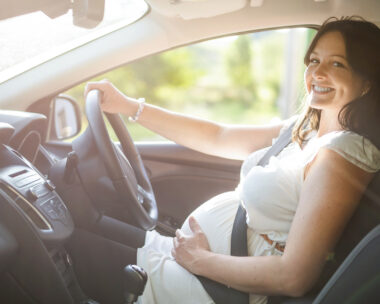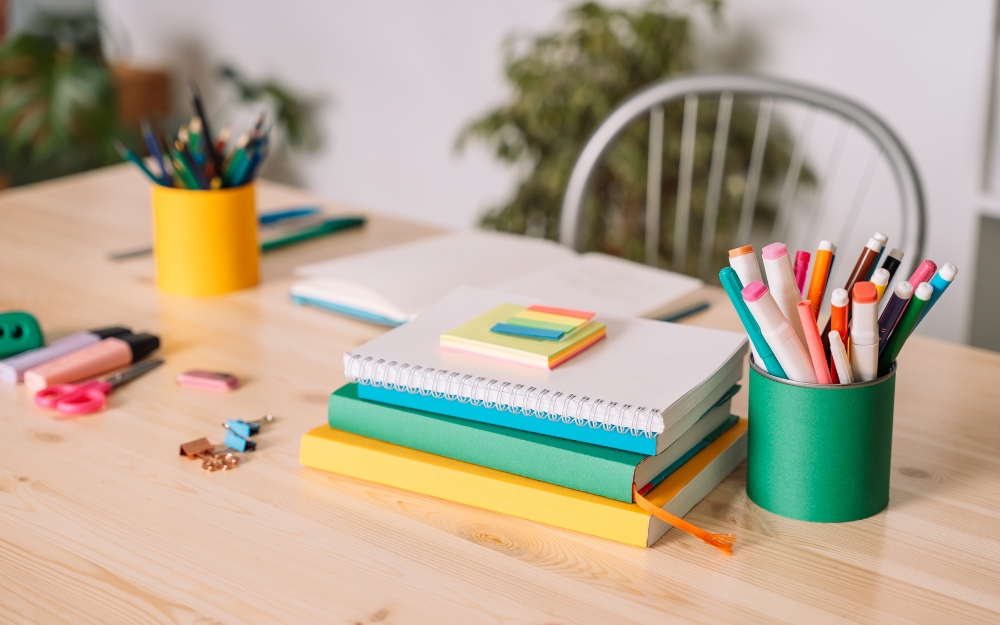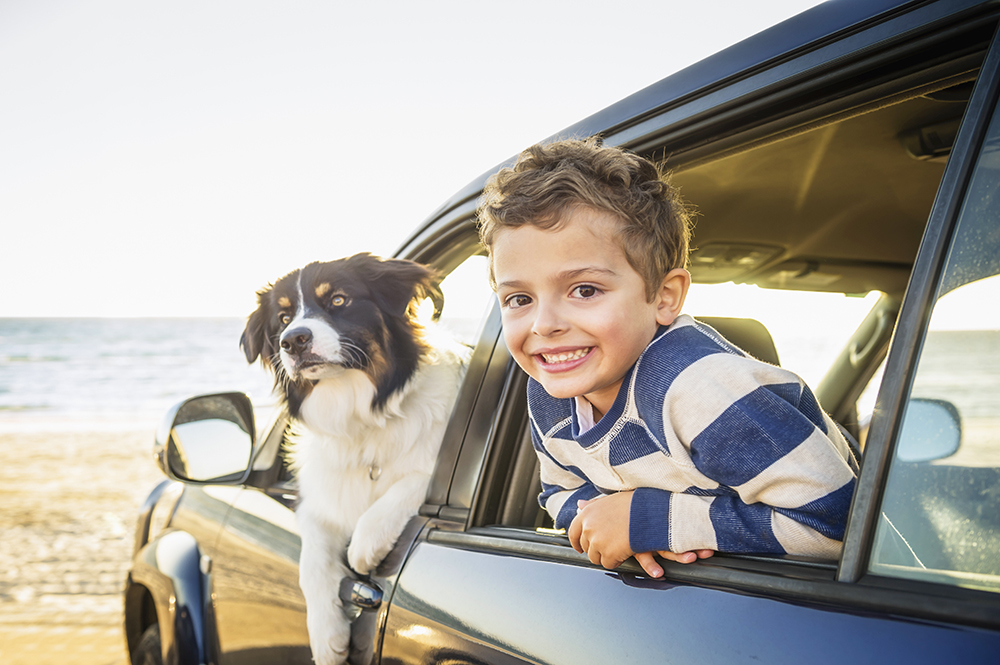The World Health organisation promotes breastfeeding for at least the first six months of life, and New Zealand oinistry of Health guidelines state, “Breastfeeding is the normal, natural way to feed infants, and is part of laying the foundations for a healthy life from infancy and childhood.”
Breastfeeding is convenient and it’s free. It also allows mothers and infants precious bonding time. Human breast milk supplies a perfect blend of nutrients and protective antibodies for babies and is believed to provide protection against obesity, asthma, meningitis and diabetes.
The health benefits aren’t just confined to babies, though. Breastfeeding can also reduce the risk of breast cancer, ovarian cancer and osteoporosis in the mother. When young babies are exclusively breastfed, no water, other drinks or food are needed to keep them well. Current thinking favours introducing solids around six months and continuing to breastfeed until your baby is at least one year old.
If you are a new mother and you’re finding breastfeeding difficult, there are many experts on hand to help you and a GP, midwife or Plunket nurse should be your first port of call. If it turns out you really can’t breastfeed for some reason, if you need to express breast milk or if your baby is moving to formula following a sound breastfeeding start, it’s vitally important that you know how to use bottles safely and without the risk of bacteria creeping in.
Always sterilise bottles until babies are at least three months old. Some people keep doing it until their baby is six months, especially during the hot summer weather. Bacteria can multiply quickly and cause illnesses such as gastroenteritis and oral thrush.
There are three sterilisation methods you can use. old-fashioned boiling – where you cover bottles, teats, lids and caps in a large pot with water and boil for five minutes – is probably the cheapest and easiest way to kill germs. You can also buy chemical sanitising solutions or microwave sterilisers. The important thing is that every time a bottle is used, it is thoroughly cleaned and sterilised before being used again.
Buy six bottles and rotate them. This way three are being sanitised while three are in the fridge, either filled with boiled water ready for formula to be added or in a covered container ready for breast milk.
If you are worried about the possibility of the chemical BPA leaching from plastic bottles – something which was recently highlighted in the media as a cause for concern – buy glass bottles or ones that state they are BPA-free.
Never leave bottles with milk in them on the bench. Always wash them with hot soapy water straight after use and invest in a good bottle brush. Place a little salt in the teat to rub away any milk residue. You can then leave them until you are ready to sterilise a group of bottles at once.
Always discard any unused formula or breast milk once your baby has finished feeding – do not save it for later or put it back in the fridge. once milk has been heated, any bacteria in it may have become activated.
If you’re making up formula, always use the amount printed on the label and add after the boiled water. Babies’ kidneys cannot cope with a formula concentration that’s too strong or too weak. If it’s too strong, they can become dehydrated and if it’s too weak, they will still be hungry and want to feed more, taking in too much water. The baby could become quite unwell.
Always boil water before making up the formula. Refill and boil the jug every time it’s empty so you always have water ready. Another way to make sure you have some on hand is to fill all the bottles with boiled water once they’ve been sterilised. When your baby is older and you no longer need to sterilise the bottle, you can still do a mini-sterilise by filling cleaned bottles with boiling water, then placing the teats, caps and lids on so the steam can clean them.
Choosing a teat can be a struggle as there are so many varieties on the market. Large teats that mimic the shape of the breast can be good for babies who are breastfed more than bottle-fed. oost teats have different flows, so test out a couple to find out which flow – fast, medium or slow – suits your baby’s sucking strength best.
When you go out, don’t take a bottle of milk and keep it warm in a thermos or bottle warmer. If you must take made-up formula milk or breast milk, keep it cold on ice or icepacks in a chilly bin. Preferably take boiled water and the measured amount of formula in separate containers and mix them together when it’s feeding time. You can then warm the milk up using hot water you have taken in a thermos.



